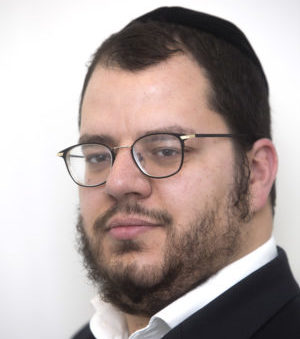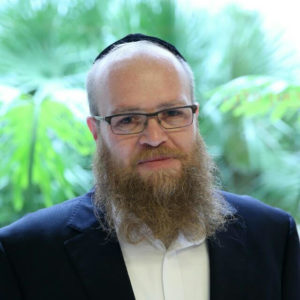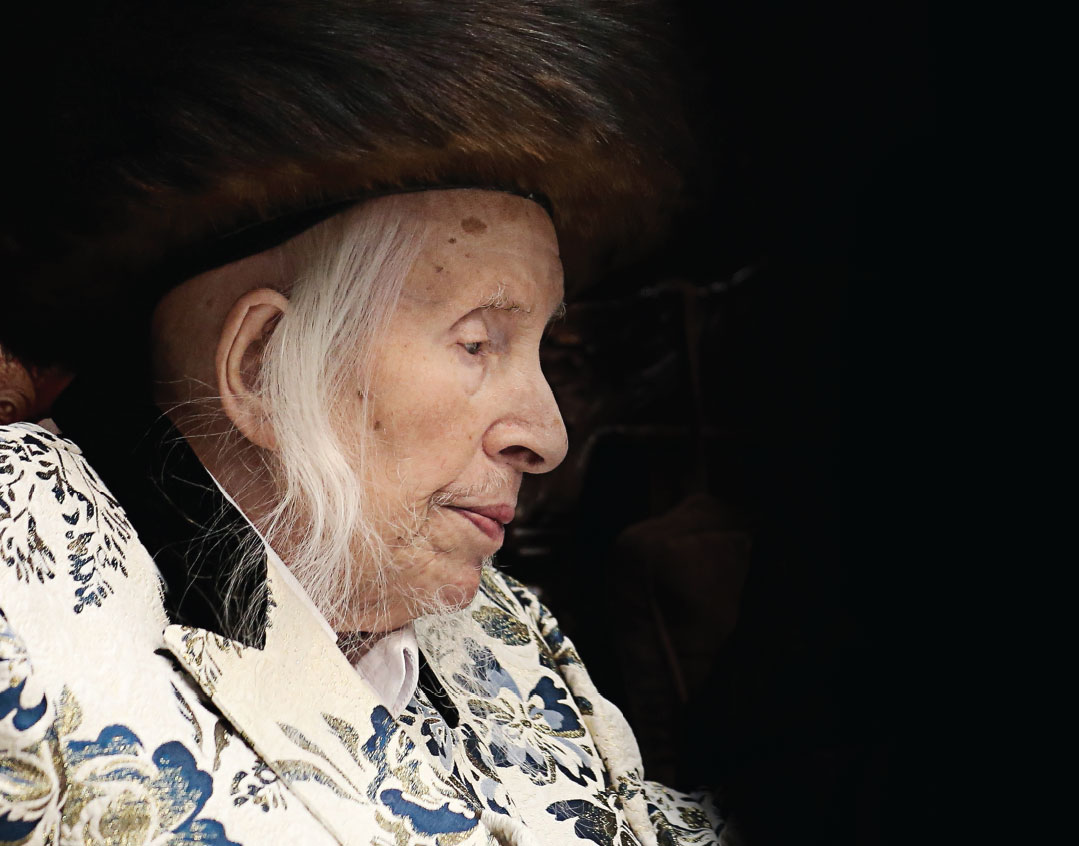Song in the Night



Faith forged by Fire: Mourning the Kaliver Rebbe

Photos: Mishpacha archives
The Kaliver Rebbe spent seven decades paying Hashem back for the miracles he’d experienced in his youth. With the cry of Shema Yisrael constantly on his lips, he invested heart and soul in a refrain of enduring faith
A
charon shel Pesach. Echoes of Shir Hashirim, a song expressing the love between a nation and its Father. The final moments of Pesach, the chag of emunah — days of faith and loyalty and devotion reaching their climax.
And as Yidden wished each other that the blessings of the Yom Tov carry them into summer, with the hiss of the Havdalah candle came the sad news: The man of faith and song and indomitable spirit was fighting for his life.
And as they packed away dishes and put away Haggados, determined to apply the new revelations in faith and trust to everyday life, the Kaliver Rebbe’s holy soul ascended heavenward.
Chesed sheb’gevurah was the sefirah of the night. Kindness within strength. Legacy of this great rebbe.
The Reprieve
In the winter of 2016, the Kaliver Rebbe, Rav Menachem Mendel Taub, sustained a fall. The 94-year-old rebbe was hospitalized, and doctors were worried about his future. On the following Erev Pesach, after an ordeal that lasted several months, doctors informed the Rebbe that he would have to forgo the mitzvah of eating matzah on Leil HaSeder, as swallowing the matzah would put him in danger.
In a conversation with Mishpacha after his surprising recovery, the Rebbe recalled where he found chizuk. “I tried to strengthen myself with the story of the Divrei Chaim of Sanz zy”a, who was very sick on Pesach and couldn’t eat the k’zayis of matzah. So when he reached Motzi Matzah, the Divrei Chaim made the brachah, ‘Asher kideshanu b’mitzvosav v’tzivanu ‘v’chai bahem v’lo shetamus bahem — you should live by them and not die by them.’ ”
In the end, Hashem granted the Rebbe a kindness and the doctors relented, allowing him to eat the matzah in small bites.
It was a difficult spring for the Rebbe, but eventually, after months of rehabilitation, he returned to his beis medrash for Rosh Hashanah. Seated in a wheelchair, the Rebbe davened Mussaf from the amud.
Shema Yisrael, he cried out — the sweet voice reverberating off the holy walls yet again.
“It was as if Hashem suddenly recharged my batteries,” the Rebbe recalled, “and by Simchas Torah, I knew Hashem was infusing me with a new energy. I danced in place with a sefer Torah and felt like the happiest man in the world.”
But, as with all the miracles the Rebbe had experienced throughout his life, this too came with a spiritual price tag that would catapult him, in his mid-nineties, into the next phase of his life. The Rebbe had been spared by Hashem’s hand numerous times as a young man, and he was being spared yet again. So he immersed himself in his life’s work with new energy and focus.
Oops! We could not locate your form.













